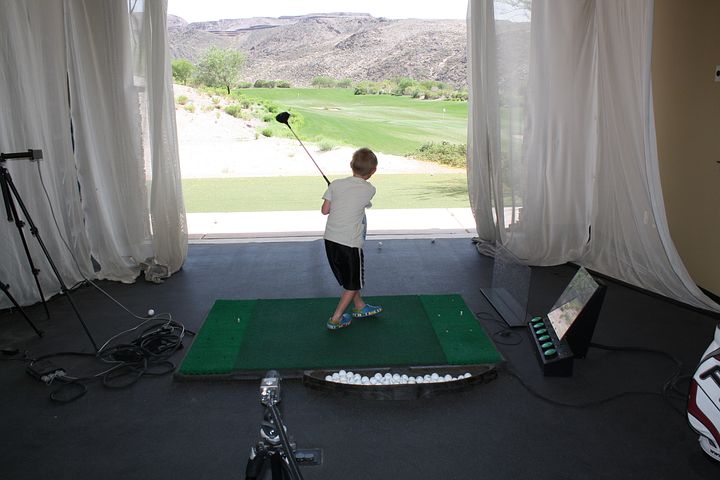‘Man is the only animal that learns by example and by precept’ (Gordon Childe)
However, this decisive quality for the development of the mankind is not particularly applicable in golf learning. Not at least as usual.
Traditional golf teaching has two aspects. First: very specific instructions on what should be done and what should not, that sometimes are not understood or are difficult to repeat (path to frustration?). Second: a mechanical breakdown of the swing that when you perform it alone, it is almost impossible to reassemble all the pieces correctly (wide path to frustration?)
If we pay attention to the children, we see that no child learns to ride a bike reading an instruction book; he does so with his own experience and some directions. In the field of action, the precept (instructions) always go to tow experience.
Instructions like ‘do this or do that’, or ‘do not do it this way, but this one’, work very well when referring to a sequence of conceptual actions, which are always monitored by our mind. Even if we do not know the final result of what we are making, we do know how to follow the instructions in proper order and we have some control over what we are doing (although sometimes assembling a Swedish furniture is not so simple)
However, when it comes to physical, complicated actions the issue is different. Language – in this case – is not action.
The mind cannot instruct literally thousands of muscle fibers to execute a rapid two-second movement, to do so in an exquisitely, coordinated and precise manner, with the aim of hitting a ball in a specific way and manage the impact to send the ball to a specific target with a particular flight.
Learning actions of this type are governed by another mechanism called muscle memory or motor skill learning, and based on the perception of the sensations themselves and their progressive adjustment through feedback.
Learning golf through ‘do’ instructions is hard and almost always frustrating. If we can’t do what we’re told, it’s either we haven’t understood it, or we’re not capable. And although in the end we managed to make a good swing, can we repeat it at will?
There are golf learning proposals that combine technical training with a natural development of the swing itself. These didactics are based on two aspects:
First: learning from the experience of doing the swing, of the perception of the movement of the club and the body to assimilate the instructions seeing them reflected in the sensations themselves.
Second: assimilating the purely mechanical aspects of the siwng (orientation, stance, grip, backswing, downswing, etc.)
They’re a breakthrough. And not regarding how fast we learn to swing but in the pleasant sensations of learning itself, as they manage to greatly avoid frustration and consolidate our confidence.
For example, suppose our swing causes the ball to come out to the left and then describe a right curve (slice)
And suppose that the reason for this slice were that at the beginning of the downswing the hips rotate before the arms.
A traditional learning would say something as: ‘you have to delay the movement of your hips for a better synchronize with your arms’.
It is a very direct instruction and difficult to execute consciously.
A combined learning would say:
In the plane of perception we will try to perceive what we do in the movement (feel when the hips rotation begins or feel when you start moving the arms), then feel what happens when you do different things (feel that the hip starts its rotation at another time or notice that the arms start moving in another instant) and so we can compare sensations.
By learning to feel different things and compare different sensations, the unconscious process of motor skill learning fine-tunes the swing thanks to the feedback mechanism.
And on the technical level, you will learn that the ball comes out on the left because the trajectory of the head of the club is from outside to inside of the target line, and that this trajectory is motivated by the lack of coordination between body and arms in the downswing.
By combining both knowledge, learning is complete. The causes and effects of the shot are understood and muscle memory has recorded the sensations to be able to reproduce them at convenience.
This combined learning is neither magical nor immediate; will not rid us of continuing to slice,but it will increase our security and self-confidence. Like when we learned to ride a bike.

 Español
Español

Menu
contact
Escríbeme
Concertemos una primera clase sin coste alguno MessageLlámame o chatea
Comentemos detalles607 40 13 99
Sergio Rosales